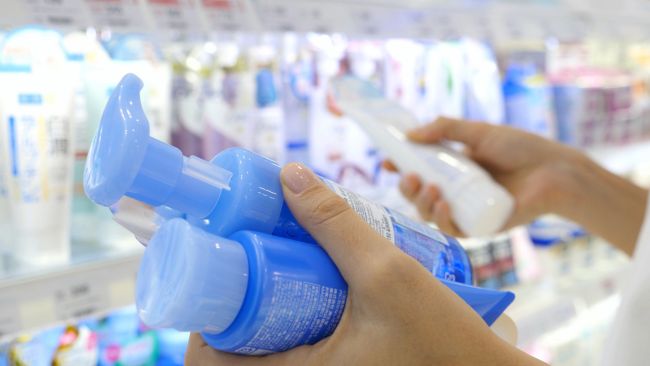Global Beauty: Navigating Cosmetics Translation for Accurate Product Labeling
Cosmetics translation for international product labeling is an essential aspect of the cosmetics industry. As the world becomes increasingly globalized and social media influencers drive trends, the demand for cosmetic products across the globe is on the rise. This has led to an increased need for accurate and reliable translations of cosmetics labels, instructions, and packaging.
Cosmetics Translation for Global Product Labeling
When it comes to international product labeling for beauty and cosmetics, many different types of materials need to be translated. Some examples include:
- P
 roduct names and descriptions: These are the most basic and essential pieces of information that need to be translated in order to ensure that consumers understand what the product is and how it is used.
roduct names and descriptions: These are the most basic and essential pieces of information that need to be translated in order to ensure that consumers understand what the product is and how it is used. - Ingredients: To ensure safety and compliance with local regulations, the ingredients list must be translated to help consumers understand the product’s composition.
- Instructions for use: In order to ensure proper use of the product, instructions must be translated into clear and easy-to-understand language.
- Safety warnings and precautions: To ensure consumer safety, any warnings or precautions related to the product must be translated into clear and easy-to-understand language.
- Branding and marketing materials: In order to promote products across all markets, branding and marketing materials, including slogans and taglines, must be translated.
- Legal and regulatory information: In order to comply with local laws and regulations, any legal or regulatory information related to the product must be translated.
- Packaging: In order to make the product appealing to local consumers, packaging must be translated and adapted to suit local tastes and preferences.
- Website and online information: In order to make the product accessible to consumers all over the world, the website and online information must be translated and adapted to suit local languages and cultures.
Challenges in Cosmetics Translation
One of the main challenges of cosmetics translation is ensuring that the translations are accurate and consistent across different languages. This is especially important for product labeling, as incorrect or inconsistent translations can lead to confusion and even safety hazards for consumers. A professional language service provider will use the latest localization tools and follow the best practices for translation. Through glossary and style guide development, using professional translators that specialize in the cosmetics industry, and the use of translation memory tools, translations will be consistent with industry standards and across all channels of communication.
Cultural adaptation is another important aspect of cosmetics translation. Different cultures have different preferences and expectations for cosmetic products, and it is important to take these into account when translating labels and packaging. For example, some cultures may have different preferences for the colors used for packaging or the types of ingredients used in cosmetics. This can also include understanding the cultural references used in the product name or brand name and adapting them to the target culture.
Finally, it is important to ensure that the translations are legally compliant. Different countries have different regulations and guidelines for cosmetics labeling, and ensuring that the translations meet these requirements is essential. This can include things like providing ingredient lists in the correct format or including mandatory warning labels. Translators, and the translation process, do NOT necessarily make a translation regulation or legally compliant for its specific industry. A special targeted legal regulatory review is recommended for labels, packaging, contracts, etc. and most times would be conducted in the country by a legal professional.
It is important to use professional translators who have experience and knowledge in the cosmetics industry. These translators will be familiar with the specific terminology and guidelines for cosmetics in the target country.
Conclusion
When it comes to cosmetics translation for international product labeling, accuracy, consistency, cultural adaptation, and legal compliance are all essential. By using professional translators with experience and knowledge in the cosmetics industry, companies can ensure that their products are appropriately labeled and understood by consumers around the world.
This can ultimately lead to increased sales and customer satisfaction in different languages and cultural markets. If you are looking for reliable cosmetics translation services, look no further than our experienced team at Globalization Partners International®, we have the expertise and experience to provide high-quality translations that meet your specific needs and help you expand your business globally.
References:
